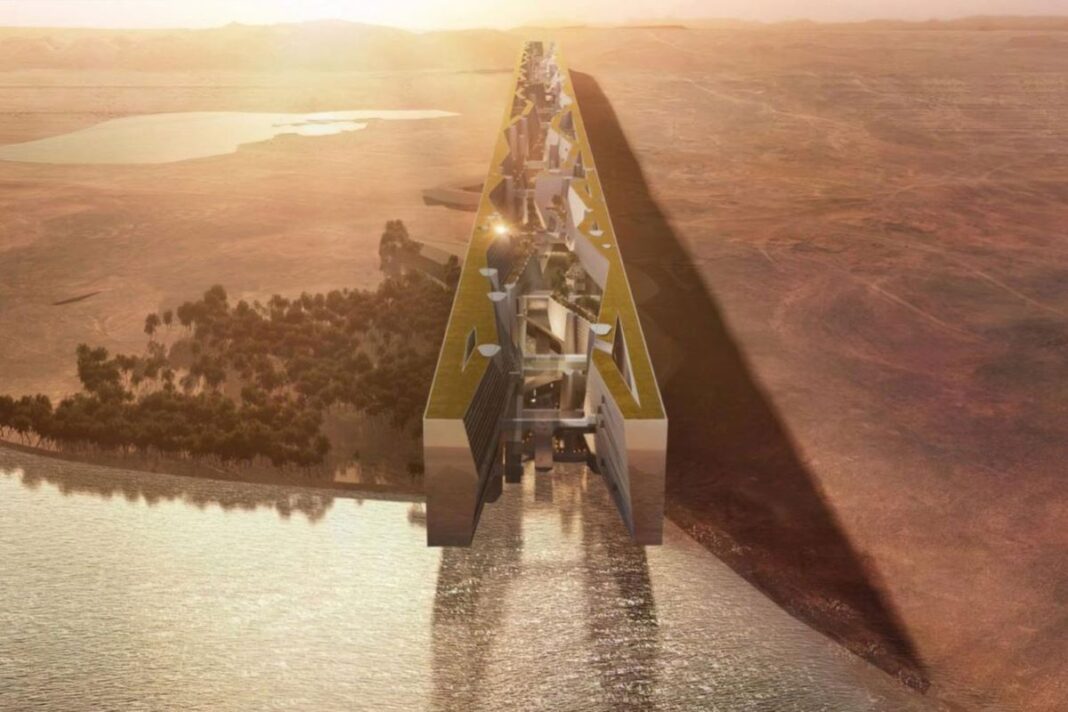UK legal firm Ashurst Senior Associates Jason Gouveia and Joanna McGuire discuss why concerns about whom ultimately bears the payment risk in a PPP arrangement becomes highly relevant in gigaprojects.
The procurement of the multi-utility packages for the Red Sea and Amaala developments, as well as for the staff accommodation packages at Neom, used a public-private partnership (PPP) model, opening up an alternative route for Saudi Arabia to finance and ensure the efficiency of its gigaprojects.
In the case of the Red Sea and Amaala schemes, bundling the utility elements of these greenfield projects – including renewable energy generation, cooling, water desalination and treatment and waste recycling – makes sense for both the procuring entity and the utility developers and investors.
According to Ashurst Senior Associates Jason Gouveia and Joanna McGuire, instead of dealing with several developers or suppliers, the client – which does not necessarily specialise in providing utility services – only has to deal with the selected developer, which then manages the contractors and operations and maintenance companies.
Cost and operational efficiencies are also incentives, given that each component of the project is relatively small and may require a bigger budget if they were to be procured as separate contracts.
“PPPs serve both as a solution and challenge to perceived budget and liquidity issues that are facing the official gigaprojects as they enter the execution phase, not to mention their tight delivery timelines,” says Gouveia.
Neom, for instance, is pursuing both PPP and conventional procurement models for the renewable energy and water desalination facilities it requires for the SR1.9tn (USD 500bn) development.
“Complex infrastructure takes a long time to procure. This is a fact, particularly when quality is a focal point. There will, therefore, always exist a natural tension between urgency and procurement duration in the context of PPP deals, and it is important to keep a tight handle on the efficiency of the procurement process. This requires procurers and their advisers to carry out feasibility assessments before going to market, and to address any issues that bidders and their lenders are likely to raise as part of their due diligence on a PPP project,” says Gouveia.
The kingdom’s gigaprojects are contending with 200 other infrastructure schemes that are being planned by various ministries through the National Centre for Privatisation & PPP (NCP), the state PPP procuring authority.
Among the schemes in the NCP’s pipeline are airports, seaports, roads and healthcare facilities, which all cater to Saudi Arabia’s growing infrastructure needs as the population and economy expand.
This pipeline will only grow, as it is anticipated that the procurement models for some aspects of the gigaprojects will be changed in response to budgetary cuts, and more lenient execution timelines may also be adopted, potentially extending the deadlines from 2030 to 2040.
According to Gouveia, some experts cite the overall liquidity of local banks and the willingness of international lenders to participate in future projects in response to the growing PPP pipeline.
“The liquidity levels of local banks are not readily ascertainable. However, given the rate of progress on projects within the kingdom, which assumes committed financing is in place, it seems that local banks, together with the support of their international counterparts and institutional investors, are able to meet the liquidity demands of projects. An efficient, robust and safe monetary policy is key to attracting international banks to the Saudi PPP market. On the projects we are advising on, international lenders and development investment funds are a common feature, as the international lending market seeks to diversify their books of debt. Depending on the complexity and capital intensity of a PPP project, there may be no other option but for the lending market to be a syndication of local and international lenders, to ensure that capital requirements are met,” says Gouveia.
According to Gouveia, Lenders are also most likely to target the more lucrative projects – such as the gigaprojects and those schemes initiated by the Saudi sovereign wealth vehicle, the Public Investment Fund (PIF) – over others in the PPP ecosystem.
“Given that the capacity of the market is naturally limited in terms of resourcing, there is a potential danger that the NCP’s PPP programme may find itself suffering in comparison to those other market segments,” says Gouveia.
However, some may argue that PPPs account for only a small percentage of the pipeline of gigaprojects. The impact of the budget shift and the scope for the gigaprojects to move parts of their projects to a PPP model remains limited. Nonetheless, developers do tend to prefer to be associated with the gigaprojects over the NCP projects.
Within the gigaprojects sphere, concerns about who ultimately bears the payment risk in a PPP project become relevant. Gouveia says that it is always preferable for the entity with the greater financial wherewithal to bear the burden of payment.
“Often, there may be certain governmental-level letters of comfort or support provided by the finance ministry that are added as a supplementary means of payment protections and credit support,” says Gouveia.






